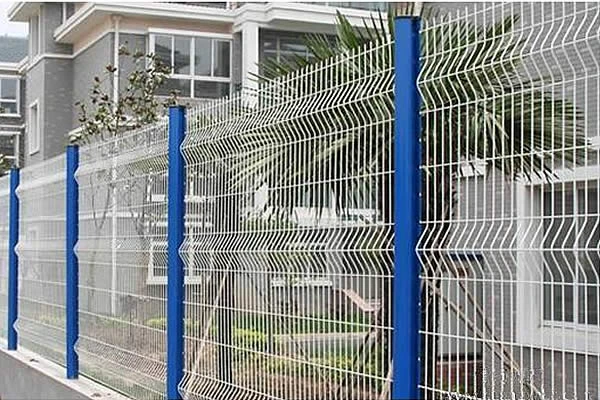 TEL:
+86-13102802206
TEL:
+86-13102802206
 Email:
fencenetting@china.com
Email:
fencenetting@china.com
 Language
Language
 TEL:
+86-13102802206
TEL:
+86-13102802206
 Email:
fencenetting@china.com
Email:
fencenetting@china.com
 Language
Language


Temporary Hoarding Construction A Comprehensive Overview
In construction and renovation projects, the concept of temporary hoarding has become increasingly significant. Temporary hoarding refers to the barriers erected to secure a construction site, define boundaries, limit access, and provide safety for both the workers and the public. This article explores the various aspects of temporary hoarding construction, including its purpose, types, materials, regulations, and best practices.
Purpose of Temporary Hoarding
The primary purpose of temporary hoarding is to create a secure environment around a construction site. Hoarding serves several key functions
1. Safety By restricting access to the site, hoarding protects the general public from potential hazards associated with construction activities. This includes falling debris, machinery, and other risks.
2. Security Hoarding acts as a barrier to prevent theft and vandalism, safeguarding expensive tools, equipment, and materials left on-site.
3. Privacy Temporary hoarding can shield the construction activities from public view, which can be particularly important in urban areas where projects may disrupt the local community.
4. Aesthetics Often, hoarding is designed to improve the visual impact of a construction site. It can be adorned with advertisements, artwork, or messaging that can engage the public and create a more pleasant aesthetic around the construction project.
Types of Temporary Hoarding
There are several types of temporary hoarding, each suitable for different construction scenarios
1. Plywood Hoarding This is the most common type of temporary hoarding. Wooden sheets are used to construct solid barriers, offering durability and strength. Plywood hoarding can be easily painted or decorated for aesthetic purposes.
2. Metal Hoarding Consisting of metal panels, this type of hoarding provides robustness and is often used in high-security sites. Metal hoarding is resistant to weather elements and can be reused for multiple projects.
3. Mesh Hoarding This type of hoarding allows for visibility while still serving a protective function. Often made from PVC or other lightweight materials, mesh hoarding can effectively reduce wind, debris, and dust while allowing for airflow.
4. Hoop and Panel Systems These modular systems consist of temporary panels supported by a frame. They are easy to set up and dismantle, making them ideal for projects with short timelines.
Materials Used in Hoarding
The choice of materials for temporary hoarding depends on various factors, including the nature of the project, budget, and environmental conditions
. Common materials include
- Plywood Affordable and versatile, plywood is widely used for its availability and ease of customization.
- Vinyl or PVC Lightweight and weather-resistant, vinyl materials are often used for mesh hoarding systems.
- Metal Offering durability and security, metal sheets are suitable for high-security locations.
- Fabric In scenarios where visibility and branding are crucial, fabric hoarding can serve as a colorful, eye-catching solution.
Regulations and Compliance
Temporary hoarding is subject to various local regulations and building codes, which can vary widely depending on the jurisdiction. Before erecting hoarding, it is essential to
1. Obtain Proper Permits Many municipalities require permits for temporary hoarding, especially if it impacts public pathways or community spaces.
2. Follow Health and Safety Regulations Compliance with health and safety regulations is crucial. This includes ensuring that hoarding is stable and does not pose a risk to people nearby.
3. Maintain Accessibility Ensure that public walkways and access roads are not obstructed by the hoarding, maintaining compliance with local accessibility laws.
Best Practices for Temporary Hoarding Construction
To ensure effective and safe temporary hoarding, there are several best practices to consider
1. Engage with the Community Communicating with local residents and businesses about the project timeline and expected disruptions can foster goodwill and reduce complaints.
2. Regular Inspections Conduct periodic checks to assess the integrity and security of the hoarding.
3. Design for Aesthetics Utilize hoarding design to promote the project, share information, and enhance the neighborhood’s appearance.
In conclusion, temporary hoarding is an essential component of construction projects that combines safety, security, and aesthetics. By understanding its purpose, types, and best practices, construction managers can effectively manage hoarding in various environments, thereby ensuring project success and community harmony.